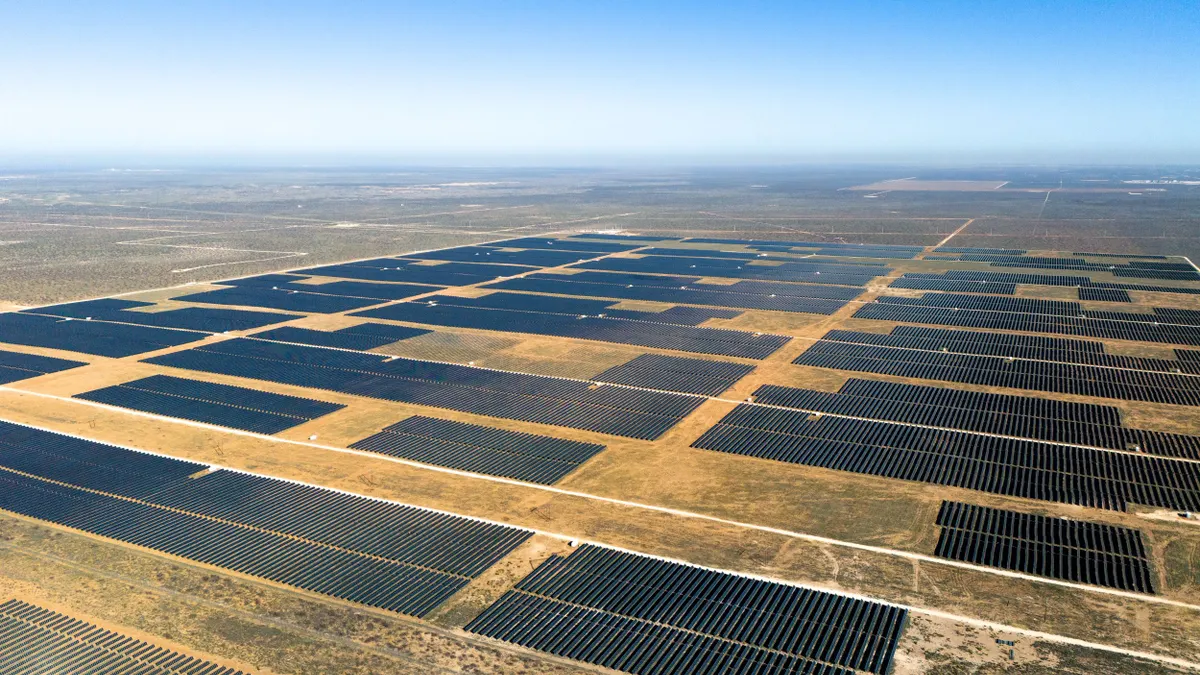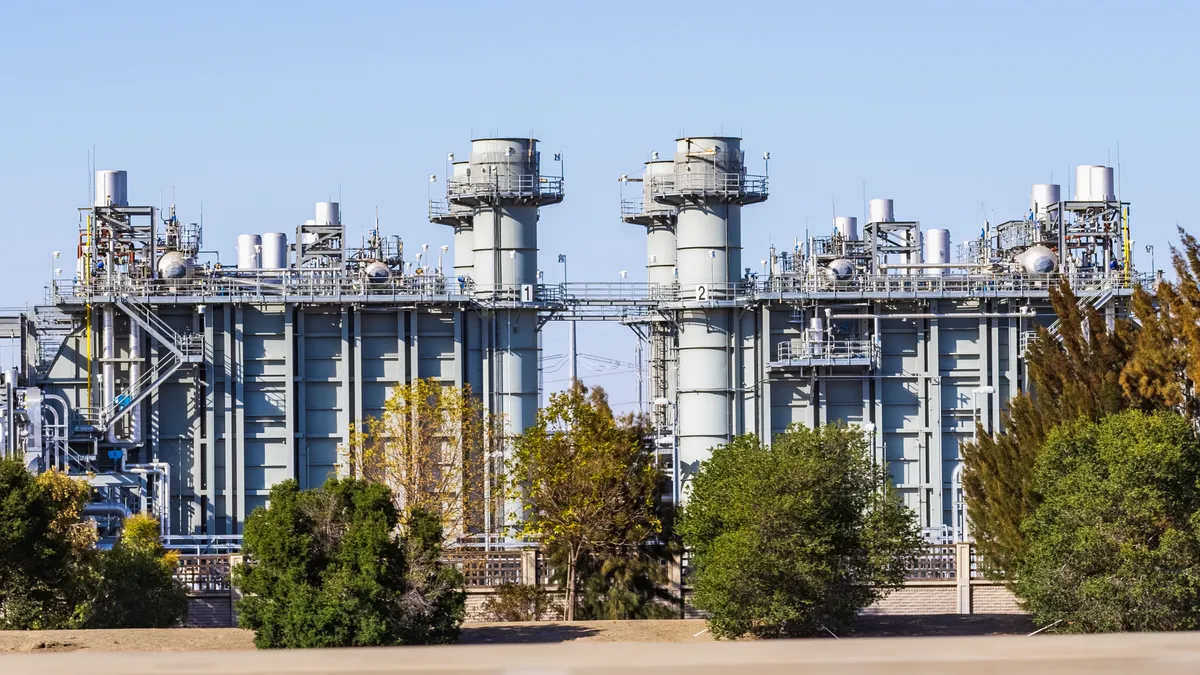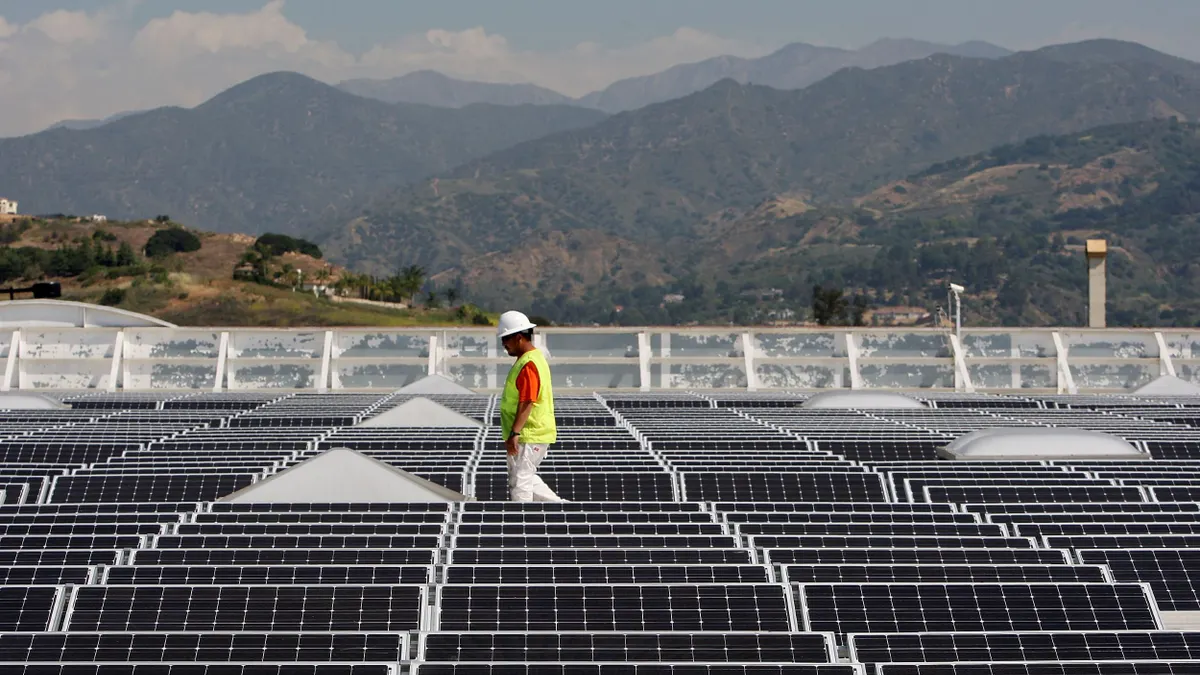Solar’s unprecedented growth has forced changes on utilities and grid operators, but now solar itself must change or it may lose its financial backing.
“The issue of grid integration will shape the role that solar plays on our future energy system because it will determine how policymakers think about how big that role can be,” explained Recurrent Energy Chair/CEO Arno Harris as he kicked off a panel discussion at the U.S. solar industry’s annual conference about a solar integration challenge few have begun to think about.
California is showing how renewables can be successfully integrated into grid operations, Harris said. Investigating a Higher Renewables Portfolio Standard in California, a report done by Energy & Environmental Economics (E3) for state regulators, showed California can get to 50% renewables by 2030—but it will require changes.
“The largest integration challenge that emerges,” E3 found, “is overgeneration.” That is when must-run generation (non-dispatchable renewables, combined-heat-and-power, nuclear generation, run-of-river hydro and thermal generation needed for grid stability) is greater than energy demand.
“Overgeneration is pervasive at Renewable Portfolio Standard (RPS) levels above 33%, particularly when the renewable portfolio is dominated by solar resources,” the study said, “even after thermal generation is reduced to the minimum levels.”
Curtailment—the solution that is a problem
Those challenges are not insurmountable, E3 Senior Consultant Amy Wagner explained. Curtailment is necessary to manage the overgeneration.
“The term was taken as negative but it was meant to explain how California’s grid operator could integrate high levels of renewables," Wagner said. "In a 40 percent renewables scenario, there was 2-4 percent curtailment,” she said. “In a 50 percent case, there was 10 percent average curtailment.”
But new renewables would have high levels of curtailment, she acknowledged. If banks and investors think California’s grid operator would curtail output severely, they may balk at taking the risk.
“Planners looking to 2030 don’t see constraints in today’s market,” Wagner said. Therefore, contracts written now are not solving that future curtailment problem by guaranteeing payment for time when output is reduced. “My personal worry is the period between 2015 and 2020, and particularly 2017,” she said.
A solar boom is expected in 2015 and 2016, driven by a scheduled drop in solar’s federal investment tax credit from 30 percent to 10 percent at the end of 2016. “There will be the full build-out of solar but no solutions,” Wagner said.
Without new transmission or new grid balancing mechanisms, there could be damaging curtailment. The solar industry must start including curtailment agreements into contracts now, Wagner added, because “2015 is really soon.”
“The study showed reliability is not a problem,” Harris said, “but if you turn off that solar, you really disrupt the market.”
The state’s grid is using higher levels of renewables, agreed California Independent System Operator (CAISO) Renewables Integration Senior Advisor Clyde Loutan. But it is requiring increasing levels of flexibility.
The duck is quacking
As the infamous Duck Curve—which Loutan helped create—shows, there are sharp daily peaks in demand. To cope with them, the grid operator must have flexible reserves that can ramp up and down quickly.
When California gets to its 33 percent renewables mandate in 2020, Loutan said, there will be 18,000 megawatts of renewables, including 12,000 megawatts of solar PV and 1,800 megawatts of solar thermal. That is a big jump from today’s 4,500 megawatts of solar and 5,900 megawatts of wind.
“The real challenge is not high summer peaks but the non-summer months,” Loutan said. Peak demand in those months could be near the full variable generation capacity. Under today’s operating procedures, much of the state’s dispatchable generation cannot be backed off. The grid operator’s only option for balancing the system would be curtailing renewables.
A solution could be to have renewables generators hold back a small portion of their capacity. That portion could be used for ancillary services. “We think it is doable,” Loutan said, “but we are going to also need a lot storage and a lot of demand response.”
“Curtailment is one of the biggest challenges in making the economic case for more renewables,” said Union of Concerned Scientists Senior Energy Analyst Laura Wisland. “This is not a reliability problem. This is an economic problem.”
One solution could be using renewables in place of natural gas for grid services, she said. “This is about renewables being better citizens of the grid. Instead of the grid working around solar, it can provide reliability.”
And it is possible renewables generators’ lost revenues could be compensated by high prices paid for reliability services, Wisland added.
An epic fail?
“This is about how solar can get the revenue streams it needs so that we don’t have what looks like an epic fail on our doorstep," said Bingham McCutchen Senior Counsel Arthur Haubenstock. "Severe curtailment could produce more emissions and the renewables would not survive economically.”
Under some contracts, there is an allowed amount of curtailments, he said. The short term solution is contracts that compensate for more curtailment. Beyond that, market signals are needed so developers and banks know there are cost-effective answers coming.
“Solar companies could provide more reliability services,” Haubenstock said. “There are market designs that would allow them to do that.”
Solutions
The long term technology solution, Wagner said, is to determine the cost of curtailment and offer that for storage. But the short term market solution is for solar to be contractually compensated for curtailment, she agreed.
“The PPA is going to become a lot more complicated,” Wisland said. And, “we need to determine what a reasonable amount of curtailment is, because that is preferable to building another gas plant.”
Phase One results of the independent California 2030 Low-Carbon Grid Study showed the state can reach high levels of renewables with minimized costs and curtailment, according to study co-lead Jim Caldwell.
“But things are going to get worse before they get better. Grid operations will be more challenging in 2017, 2018, 2019, than in 2030,” Caldwell explained. “There will be a fair amount of curtailment between now and 2020. You solve the reliability problem by doing the curtailment but you create the economic problem of wasting all the investment and throwing the energy down the toilet.”
Wisland, Haubenstock, Wagner, and Caldwell all agreed on one other thing. Nobody has run the numbers that show developers can balance energy sales losses to curtailment with lower volume capacity sales at higher prices.
"The 2030 study shows integration is possible," Caldwell said, "and the more you do in 2014, 2015, and 2016, to minimize the problem in 2017, the better off you are going to be. You don’t have to hit the brick wall.”






















